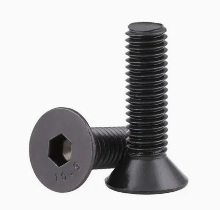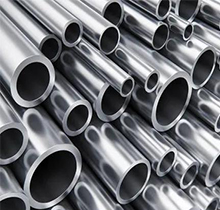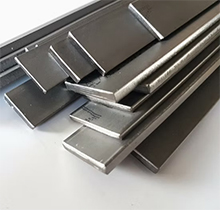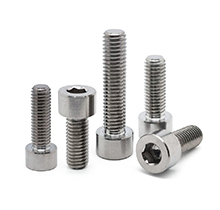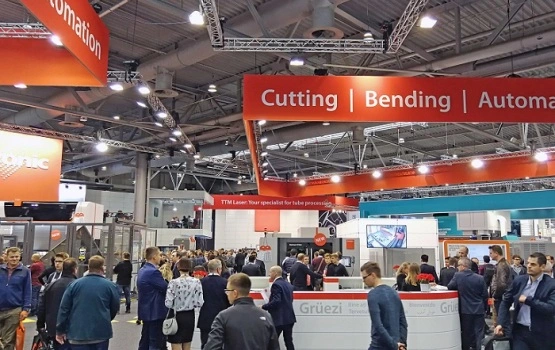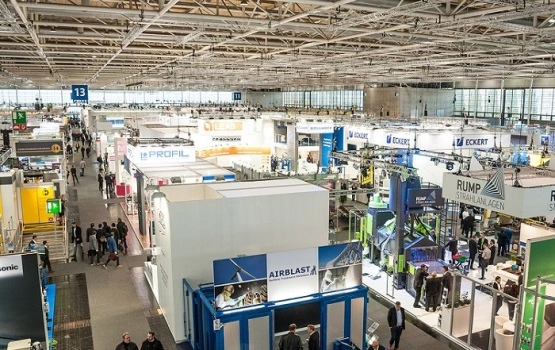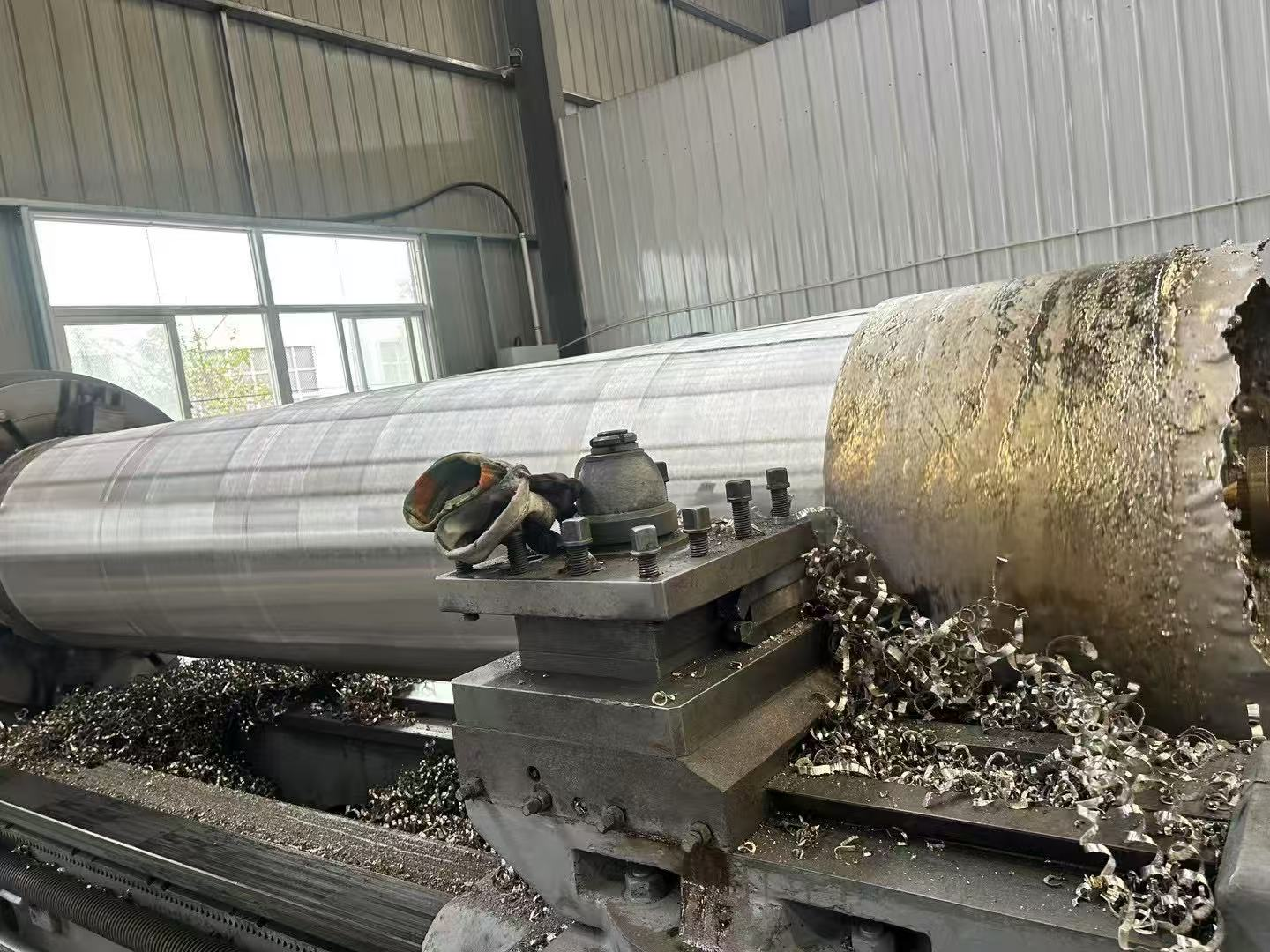In the ever - evolving landscape of advanced materials, titanium alloys have emerged as a cornerstone in numerous industries. These alloys, a blend of titanium with elements such as aluminium, vanadium, molybdenum, and others, offer a unique combination of properties that make them highly sought - after.
Exceptional Properties of Titanium Alloys
Titanium alloys are renowned for their high strength - to - weight ratio. They are approximately 40% lighter than steel yet can provide comparable strength. This characteristic makes them ideal for applications where weight reduction is crucial without sacrificing structural integrity, such as in aerospace. For example, in aircraft manufacturing, the use of titanium alloys in components like engine parts, landing gear, and structural frames helps to decrease the overall weight of the aircraft, leading to improved fuel efficiency and performance.
Corrosion resistance is another outstanding property of titanium alloys. They form a stable oxide layer on their surface, which protects them from corrosion, even in harsh environments. In the marine industry, this makes them suitable for use in ship propellers, offshore drilling rigs, and other seawater - exposed components. Their resistance to corrosion also extends to chemical environments, making them valuable in chemical processing plants for equipment like reactors, heat exchangers, and storage tanks.
Classification of Titanium Alloys
Titanium alloys are typically categorised into three main types based on their microstructure: alpha alloys, beta alloys, and alpha - beta alloys.
Alpha alloys, which contain elements like aluminium or tin as alpha stabilisers, are non - heat treatable. They are known for their excellent corrosion resistance and good weldability, making them suitable for applications in marine environments and cryogenic systems.
Beta alloys, on the other hand, contain sufficient beta stabilisers such as molybdenum, silicon, or vanadium. These alloys can be solution treated and aged to enhance their strength. They offer high strength and good formability, making them useful for high - performance aerospace components and certain industrial applications.
The most commonly used type is the alpha - beta alloys. Ti - 6Al - 4V, also known as grade 5 titanium, falls into this category. Comprising 6% aluminium and 4% vanadium, it accounts for over 50% of global titanium usage. This alloy offers a balanced combination of strength, toughness, and formability. In its annealed state, it has a tensile strength of 895 - 965 MPa, which can be increased to 1100 - 1200 MPa through heat treatment. Its versatility allows it to be used in a wide range of applications, from aerospace and medical to automotive.
Diverse Applications of Titanium Alloys
In the aerospace industry, titanium alloys are indispensable. Their high strength - to - weight ratio and heat resistance make them suitable for use in aircraft engines, where components need to withstand extreme temperatures and high mechanical stresses. For instance, turbine blades and compressor discs are often made from high - performance titanium alloys like Ti - 6Al - 2Sn - 4Zr - 6Mo (Ti 6246). This alloy offers a high tensile strength of over 1,200 MPa and excellent creep resistance, ensuring reliable performance in jet engines.
The medical field also benefits greatly from titanium alloys. Their biocompatibility means they are well - tolerated by the human body, making them ideal for surgical implants. Hip and knee replacements, dental implants, and spinal implants are commonly made from titanium alloys such as Ti - 6Al - 4V ELI (extra low interstitials), which has even better biocompatibility and ductility.
In the automotive industry, titanium alloys are used in high - performance applications. They can be found in exhaust systems, suspension components, and engine parts, where their strength, heat resistance, and corrosion resistance contribute to improved performance and durability.
 English
English  日本語
日本語  한국어
한국어  Deutsch
Deutsch  русский
русский  العربية
العربية 
